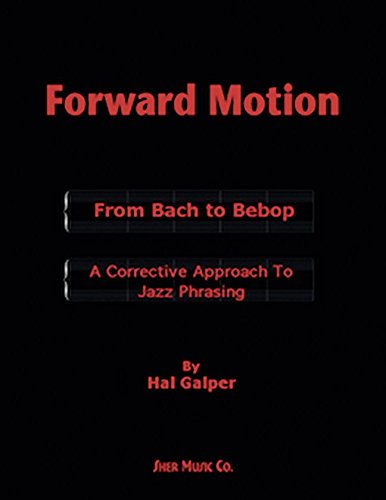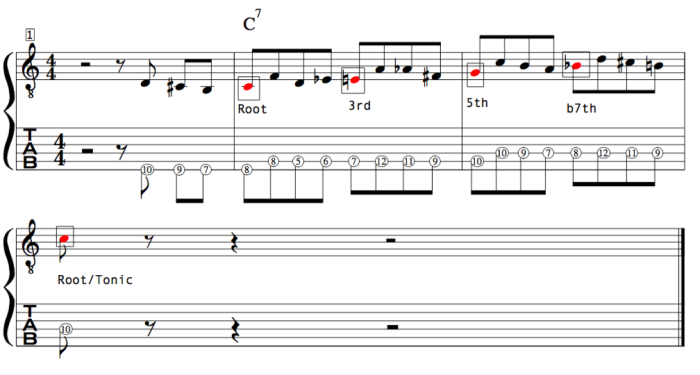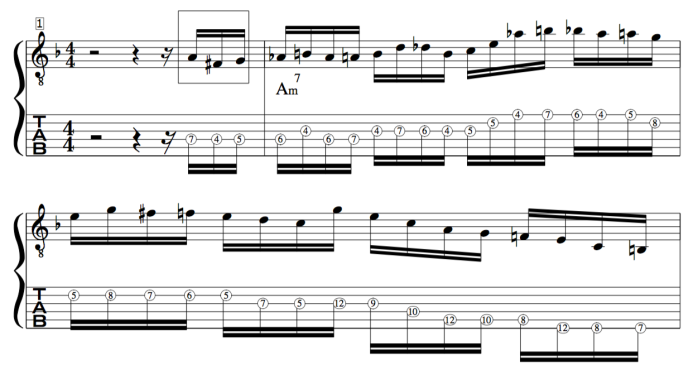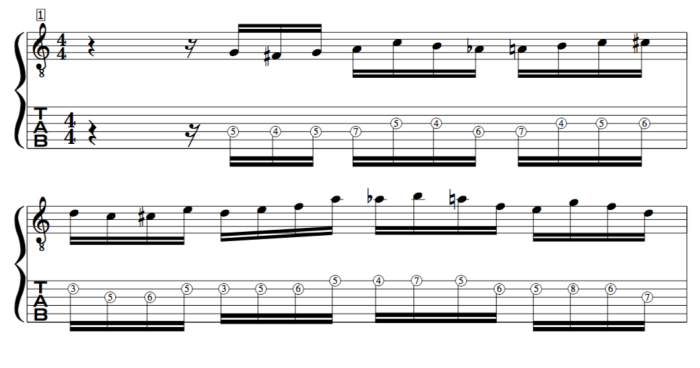Making Jazz sound, well, Jazzy?
Many people learn modes and scales and arpeggios and copious amounts of music theory. They are then confronted with the biggest problem of all. How to make music out it!
The key to all of this is to look at the rhythm. Rhythm is the key to fluid professional sounding lines. But, how to we do this from a beginners perspective?
Firstly: The most important thing to do is outline the chord tones that are “On” the beat. This way the ear can follow. Because the chromatics on the “Off beat” will then sound correct, interesting and colourful.
The 2 little chromatic set ups/melodies below detail this.

Play through the exercise below and you will hear and see the C7 arpeggio outlined on beats 1 and 3 in all bars. Also, notice the “Up beat”. This sets up the rhythm by targeting the “On beat” chord tone.
Here is another example in double time. Notice that this time the complete C major scale is played on each 1/4 note beat of the bar. Again we have the upbeat to create forward motion.
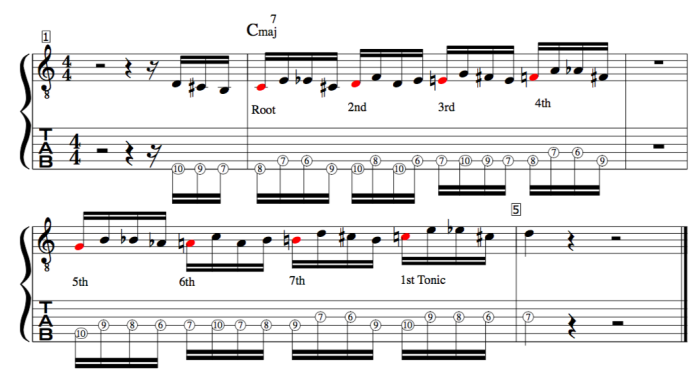
This doesn’t mean that we do this every time but it shows how to create and then develop really hip lines that are “Musical”. From here on in you can manipulate it.
Jazz/Fusion Line: Don Mock classic “Anacrusis”
John Mclaughlin Classic beginning “In the bar”
Below is a variation using a John Mclaughlin phrase. Notice how Mclaughlin starts on the second semiquaver [off beat] of the second beat of the bar.
Here are a couple of other rhythmic set ups to try out,
Notice the off beat to triplet arpeggio. This is a very common rhythm but it always sounds good and works well.

This line starts “On the beat” but the rhythm gets pushed.

This is just a taster of what makes Jazz sound like jazz. Looking and learning about rhythm is "Everything" because without understanding where the "On' and "Off "beat are it is impossible to syncopate and anticipate musically. All the theory in the world won't help without good forward moving rhythm. The best book that I have ever read and studied on the subject of enclosure/approach notes/rhythmic set up is, "Target" Tones by Don Mock.LINK DON MOCK
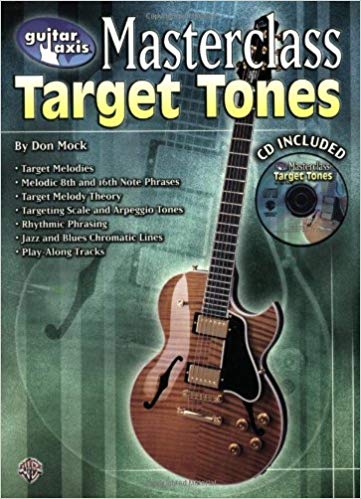
For a deeper and intellectual look there is a book called "Forward Motion" by pianist Hal Galper. This book is for someone really wanting to go deeper into the rhythm of jazz.LINK HAL GALPER
